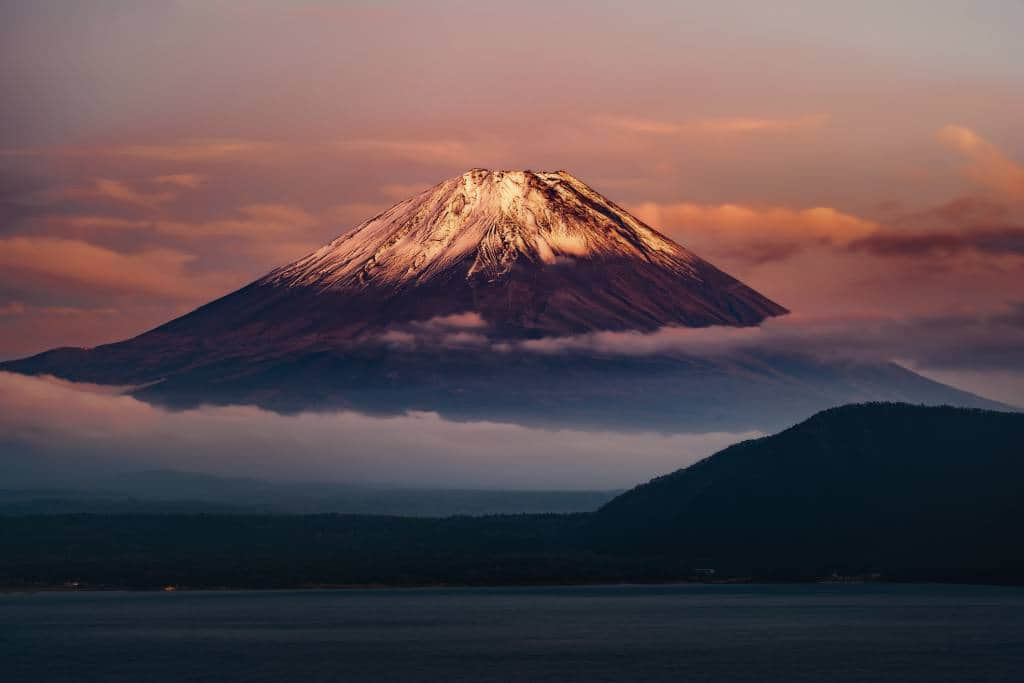Japan’s Showa era corresponds to the reign of Hirohito, the nation’s longest serving emperor. The 63 years between 1926 and 1989 were marked by flux; remembered as much for nationalism, imperialism and war, as for prosperity, modernization and Japan’s entry onto the world stage.
Having already shown you around Edo Tokyo, now it’s time for a day in the city of the Showa period. This, however, is a little trickier than it may sound. The firebombs of the Pacific War combined with unrelenting development mean that today’s city bears little resemblance to its former self.
Nevertheless, with a bit of digging, the Showa era can be uncovered in the modern city. Our guide—taking in five locations that best showcase that time—should help you do just that.
Yasukuni Shrine and Yushukan

Yasukuni Shrine is the most contentious place in Japan. A Shinto shrine founded in 1869, it is dedicated to Japan’s war dead in conflicts from the Meiji Restoration onward, enshrining all those who lost their lives in the service of the nation, including, crucially, 13 Class-A war criminals, condemned by the allies for heinous wartime atrocities.
Although built before the beginning of the Showa era, the shrine has become the symbolic heart of a conflict in how that period is remembered. For the ultranationalist right, Yasukuni is holy ground, to be defended at all costs as a reminder of Japan’s former greatness. For the left, it is seen to glorify past horrors, as deeply offensive to the victims and totemic of Japan’s inability to seriously think through its past. Visits to the shrine by prime ministers and high-ranking politicians over the years have only added fuel to the already raging fire of controversy.
Within the shrine complex there is also a museum, Yushukan, which offers a deeply revisionist account of the country’s history of war. Although the subject matter is heavy, Yasukuni and Yushukan are worth visiting for an insight into how and why the shadow of the Showa era still hangs over modern Japan.
Golden Gai

As mentioned, examples of Showa architecture are now sadly few and far between in Tokyo. There is, however, a corner of Shinjuku which is perpetually stuck in a pre-war time warp—the infamous Golden Gai.
Located just beyond Kabukicho, the Golden Gai is made up of just four narrow alleys, each home to nothing but intimate grotto-like bars, most with no more than 10 seats. These smoke-filled sanctuaries of alcohol-fueled excess come in stark contrast to the sheen of contemporary Tokyo, recalling the atmosphere of the Showa city. The buzz of the area after dark is infectious, meaning it has become very popular, especially among foreign visitors. Don’t let this put you off, however, as the Golden Gai is not somewhere you want to miss.
The Museum of Life in the Showa Era
With such a matter of fact name, The Museum of Life in the Showa Era requires little explanation. For those with a particularly strong desire to explore Showa-Tokyo, there is perhaps nowhere better.
A 30-minute train ride from central Tokyo, the museum is housed within a converted ordinary family home dating from the early 1950s. Indeed, up until 1996, it was used for its original purpose. Today, the house is a time capsule of family life in mid-century Japan. The small house, composed of a kitchen, living room, bedroom and office, can be freely explored by visitors, who are encouraged to open drawers, inspect objects and generally interact with the house.
There are two spaces that are more recent additions to the house, where rotating exhibitions of different aspects of Showa-era life are regularly put on. A rounded understanding of any period cannot exclude the quotidian, a fact this museum understands completely.
Children: ¥300
Ueno Park

Ueno Park was given over to the people of Tokyo in 1924, a gift from Emperor Taito in honor of his son and future emperor Hirohito’s wedding. The park has a strong connection to the Showa-era, and, through its various functions and architecture, it is an excellent place to trace the development of modern Japan.
The large and open park is home to a host of national museums, including the prodigious Tokyo National Museum and the National Museum of Science and Nature. These institutions reflect modern Japan’s need to unify under a shared culture and identity, something that was lacking before the Meiji Restoration.
The park also reflects Japan’s modernization and the incorporation of Western elements into Japanese life. The zoo, for example, was the first built in the country and buildings such as the National Museum of Western Art and the Tokyo Bunka Kaikan are early examples of architectural modernism in the country, the former being built by world-famous French architect Le Corbusier. Moreover, the very design of the park—multi-use, wide open spaces, public amenities, wide strolling paths, etc—is influenced by the grand parks of European cities.
Center of the Tokyo Raids and War Damage
The air raids of the Pacific War lay waste to an estimated 60 percent of Tokyo, making homeless over a million people and killing thousands. The makeup of the city was fundamentally changed as a result of the bombing campaigns; the city we see today being almost completely erected in its ruins.
The Center of the Tokyo Raids and War Damage is a small museum dedicated to keeping alive the memory of the events and its victims. Since the 1970s, the museum has amassed an unrivaled collection of documents and artifacts pertaining to the air raids, making it the very best place in the city to learn more about the events and wartime Tokyo more generally. The war cannot be overlooked in any exploration of Showa-era Japan, making this museum a must.
Students: ¥200






































